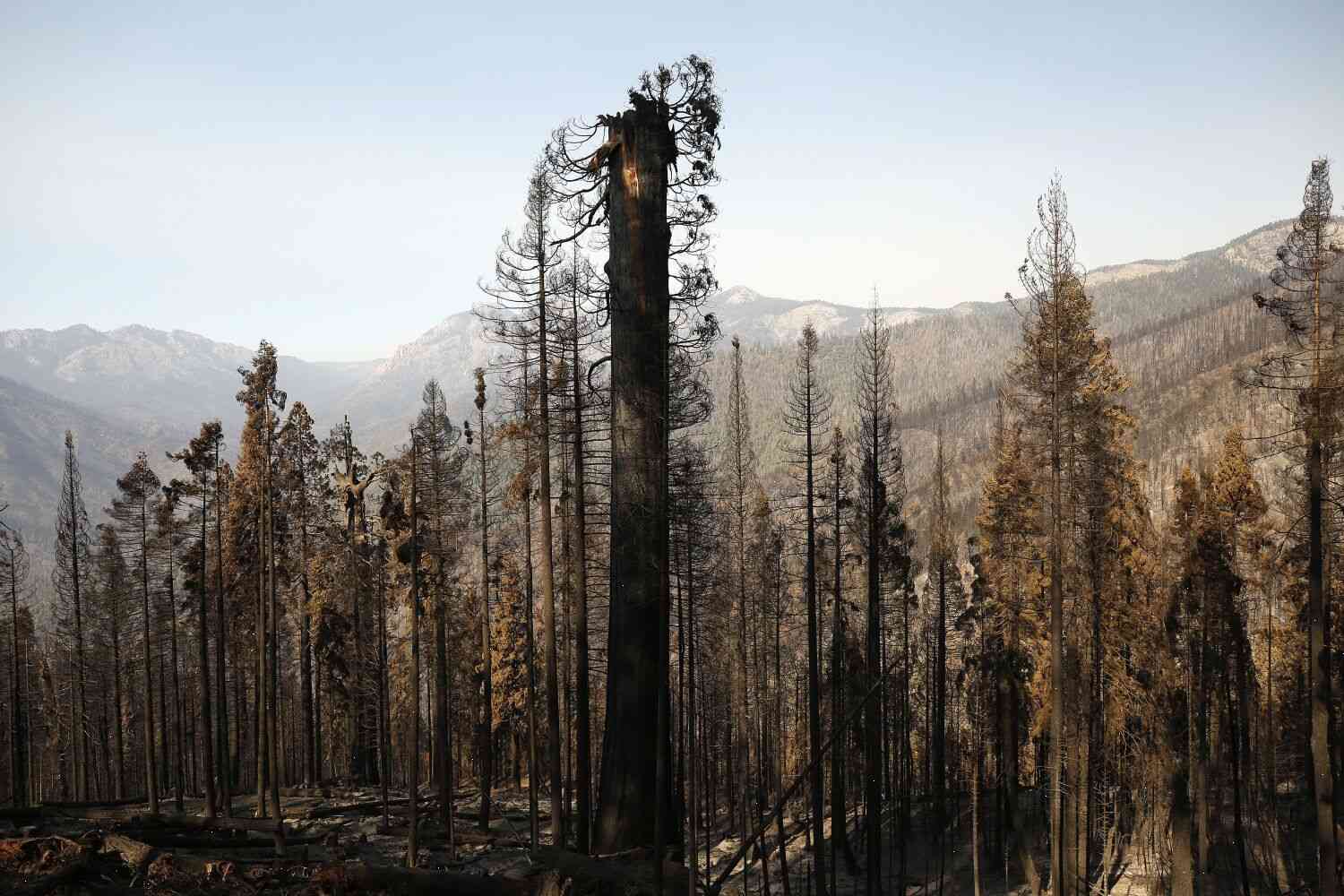Op-Ed: With climate change, we may witness sequoia forests convert to chaparral
By Mike Bowers
There’s a lot to chew over in today’s edition of the Daily Briefing: the United States’ withdrawal from the Paris climate accord and President Trump’s withdrawal from the U.S.-Israel nuclear deal.
“In light of climate change, many believe California’s iconic forests are in danger of being transformed to chaparral,” wrote the Sacramento Bee’s Chris Molan for the Bipartisan Policy Center, “a term for an invasive shrub whose branches cover the ground in thickets, forming impassable canyons.”
California’s iconic forests may be transformed into chaparral, writes the Sacramento Bee’s Chris Molan in today’s edition of the Daily Briefing. Here’s a link to their coverage. See where they get their facts from. It’s worth reading the whole story.
“Chaparral — in this context, a shrub that looks like an upside-down palm tree — is a highly invasive species,” reads the Bee account of its article. “Its branches spread so widely that they can block out the sun and choke out the birds that feed on the millions of insects and other creatures that live in chaparral’s cool, damp air and mud.”
“It’s an invasive shrub, but it looks like an upside-down palm tree,” read the Bee. “That could be a good thing. The palm tree is a native of the coastal regions of southern California. It prefers sunny, dry conditions. In the dry inland conditions of California, the palm tree has trouble.”
This is a false statement, as the California Department of Forestry and Fire Protection explained in this video that answers Molan’s question:
“The chaparral species is not an introduced invasive species in the Sierra Nevada range of Northern California. In fact, the tree is a native, and the California chaparral is one of

